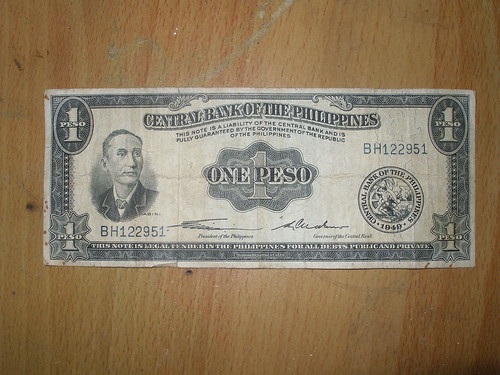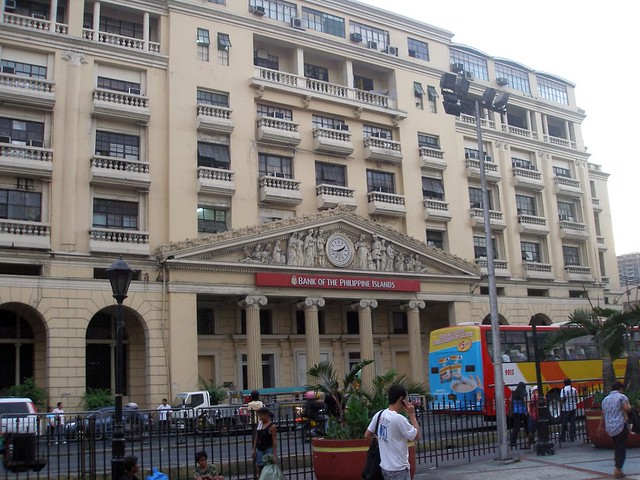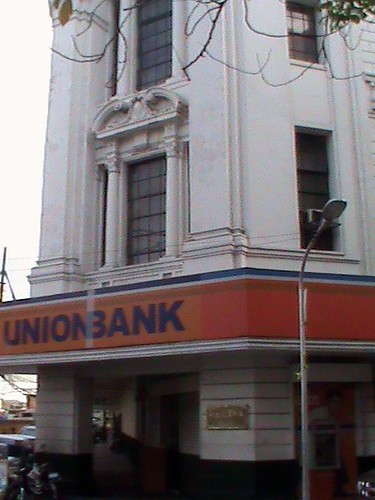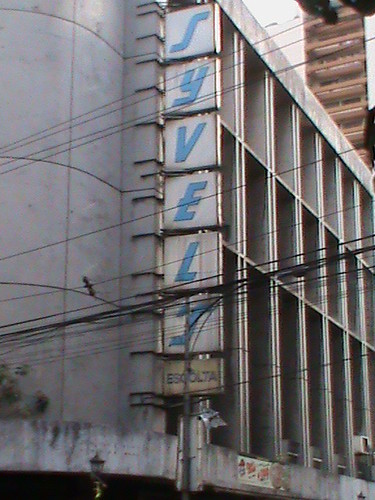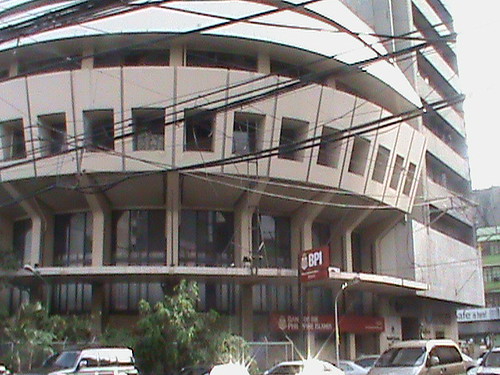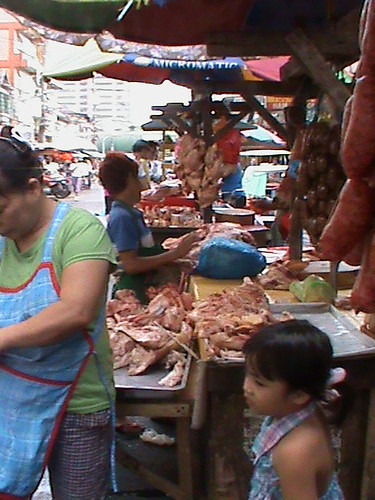What are the Manila places to go to? I came back last November after five years of being away. And oh, so many changes had happened in the city (and still happening). Well, at least I can see them in familiar places like Sampaloc, Morayta, Recto, Quiapo, Sta Cruz, just to name a few.
I notice that the appliance shops in front of UST at Espana side have closed down. Likewise is the proliferation of more food restaurants and stores (which means more competition for Jollibee) UST, my alma mater, itself had a major makeover, and it is apparent that more changes and renovations are still going on.
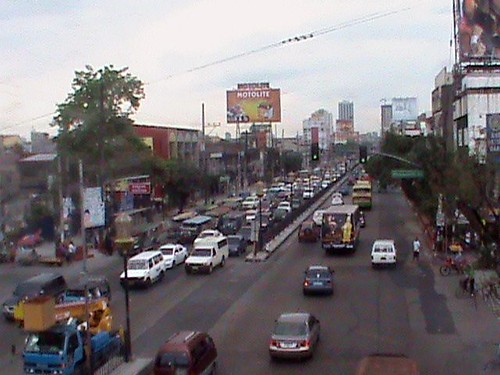 I took this shot on a bridge crossing Espana just near Blumentritt Street. I am facing the Boulevard going to the direction of the University Belt, Quiapo and Taft Avenue.
I took this shot on a bridge crossing Espana just near Blumentritt Street. I am facing the Boulevard going to the direction of the University Belt, Quiapo and Taft Avenue.
Well, the city is composed of a number of districts; the one where I was born was called Sampaloc, which is mainly a residential district. Here (and also San Miguel District) is where the popular universities are situated, such as University of Santo Tomas along Espana Boulevard, University of the East in Recto Avenue and Far Eastern University along Morayta Street.
I had my elementary and high school education at UST, and so I am a proud Thomasian. Our house at Sampaloc was at Metrica Street. We stayed there until 1995 when the family decided to sell the property to divide the money among the siblings. My parents decided to spend their money to buy a house in Dasmarinas Cavite.
My grandfather told us that the place (Metrica) used to be a swamp filled with water cabbage. I thought that Sampaloc was where tamarind trees thrived, hence the name. It was here in this place where I had great memories of how life was simple then. If one would notice that the streets in Sampaloc, particularly in the residential zones where alternatively narrow and wide. Metrica was one of those narrow streets; of course not too narrow in order for cars to still be able to pass through.
Espana Boulevard is major thoroughfare and it is also a major river when heavy rains fall, especially on that part in front of UST. Governor Forbes I believe is now known as Lacson Street. Just take a passenger Jeepney in front of UST at Lacson and a number of blocks later, you can see yourself at SM San Lazaro.
 Espana Blvd going to Quezon Avenue, Quezon City. One would notice the QC Rotunda Circle from afar
Espana Blvd going to Quezon Avenue, Quezon City. One would notice the QC Rotunda Circle from afar I loved that house in Metrica, I thought then that we were in the heart of the city and from such point, it was easy to go to any Manila places and sites. I still believe that it is. I used to promise myself that I will buy back the property and have it all for myself.
It was an old wooden house with iron grills to protect the windows. I was “given” the chance of three years to be able to acquire the property in its original form. But my ability to raise the amount needed was practically nil. Eventually the new owner tore it down and built a townhouse in its place.
Perhaps I failed in getting our old house and be able to live in Metrica again. But then hope springs eternal for somebody who’s forever dreaming. Hopefully in the future I can buy for myself my own house in Manila. I might have to forego that dream in getting a Metrica address, but it is very possible to be able to live again in Sampaloc, Manila.
